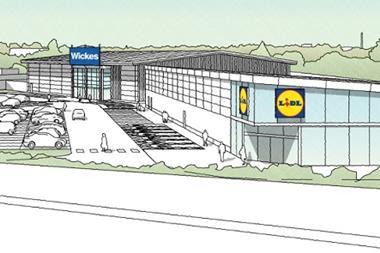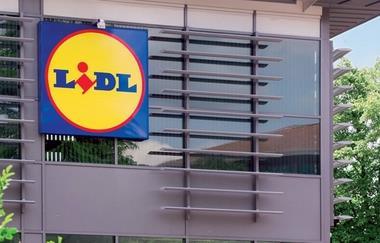My inaugural ‘No s*** Sherlock’ research prize goes this year to the number-crunchers at Lloyds Bank for the revelation that house prices are higher near a Waitrose. A more illuminating finding is evidence of the march of the German discounters into the land of Duchy Originals.

The survey, reported in The Daily Telegraph, Good Housekeeping and other stalwarts of Middle England, finds that a Waitrose adds £36,480 to the price of a home in the immediate postal district, compared with prices in the wider area.
With one exception - Iceland (number four at +£23k) - the pecking order more or less runs along class lines: M&S (+£30k), Sainsbury’s (+£26k), Tesco (+£21k), Co-op (+£21k) and Morrisons (+£11k). The tail-end charlies are the German and US-owned discounters: Lidl (+£6k), Walmart’s Asda (+£4k) and Aldi (-£3k).
The ‘Waitrose effect’, as dubbed by Lloyds, is reflected in both the actual average price of the homes in each specific postcode, as well as the more statistically relevant premium against the underlying price in the wider area.
Chicken and egg
This raises the question: did the free-range chicken come before the organic egg? Do house prices go up because of their proximity to supplies of single-estate Ligurian olive oil or do Waitrose and M&S specifically target the most well-heeled neighbourhoods in the first place?
Middle-class homeowners may now not view a local Lidl with trepidation
I suspect it is a bit of the former - what estate agent wouldn’t want to add “close to an Ofsted excellent-rated school and local Waitrose/M&S” to a property advert? - but the latter is probably a more compelling factor. After all, supermarkets employ powerful software to evaluate demographics and drive times to pinpoint the most lucrative locations.
Now the German ‘disruptors’ look as if they are taking a leaf out of their more established rivals’ books. In terms of house price growth, the tables have turned almost symmetrically.

Prices near an Aldi or Lidl have risen by 11% since 2014, while Waitrose and M&S are at the bottom of the growth table, at 8%. Although the current £6,400 “premium” for a Lidl neighbourhood looks trifling, in 2014 it was a bargain-basement discount of £4,700.
The Lloyds commentary suggests “the likes of Lidl and Aldi are increasingly locating in more affluent areas where prices are already high”.
Shopping revolution
Middle-class homeowners may now not view the impending encroachment of a local Lidl with the same trepidation as, say, five years ago. I was originally attracted by its liquid assets, such as the eminently quaffable Australian Merlot (£3.99) then a seriously-not-bad Gavi (£5.49) and a heavenly Pedro Ximénez dessert wine, currently 33% off at a ludicrous £3.99.
When I first gingerly set foot into the Lewisham Lidl in the aftermath of the financial crisis, one could easily spot the squeezed middle-class bargain hunters: they were the ones shuffling around the continental cheeses, self-consciously clutching their Waitrose reusable bags.
A couple of years later, a social revolution had happened: shoppers were striding out, loud and proud, in the Greenwich Waitrose, flaunting garish Lidl bags. This shift in loyalties is reflected in the respective development plans of Waitrose on one hand and Lidl and Aldi on the other.

In February, Waitrose said it was planning to close six of its 352 stores, having five months earlier shelved plans to open seven new ones. The other established supermarkets have withdrawn from the space race to refocus on sweating their existing assets.
By contrast, Lidl, which grew sales by 13% year on year, making it the fastest-growing supermarket in Britain, is in the middle of a £1.5bn three-year investment programme. Aldi rolled out 80 new stores last year. Both are planning to double their outlet numbers and, in a sign that the high street is changing, they are among those snapping up former BHS stores.
Residential developers will probably have to come to terms with the changing retail landscape. I’m told housebuilders had been particularly energetic in their pursuit of Waitrose when planning developments, particularly if these include flats on top of the store. That’s now less likely. Whether the very different product offering and distinctive development models of Aldi and Lidl are compatible remains to be seen.





























No comments yet